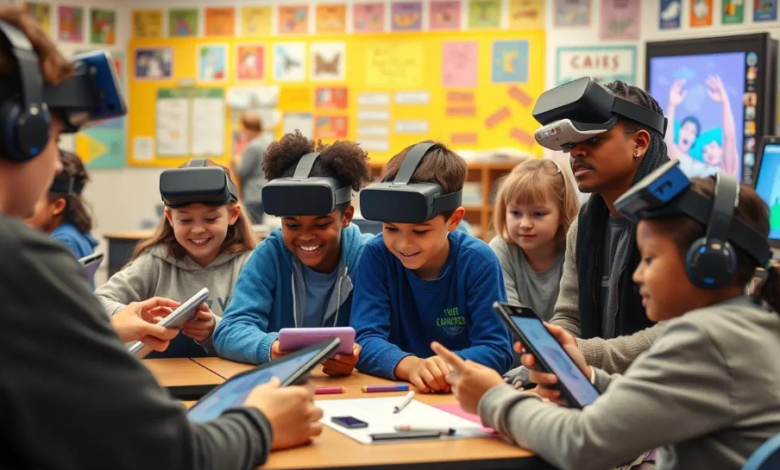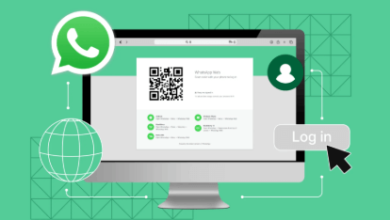How Educators Use AI Game Generators to Build Engaging Learning Experiences

What Exactly Is an AI Game Generator?
Think of an AI game generator as a teacher’s brilliant new assistant. It’s a smart tool that uses Artificial Intelligence to create educational games incredibly fast. Forget the old days when building an interactive quiz meant complicated coding or hours of design work!
Now, educators can simply tell the AI what they need (e.g., “A history quiz on the Civil War” or “An escape room based on chemical reactions”), and the generator delivers interactive, fun, and highly personalized learning activities. These tools empower teachers to create quizzes, puzzles, digital flashcards, and even immersive escape rooms—all designed to keep every student completely hooked on the lesson.
Why the Classroom is Buzzing About AI Game Generators
Let’s face it: teachers want their students to love learning and stay motivated. AI game generators make this dream a reality by instantly transforming dry lesson plans into dynamic games.
When a student actively participates in a game, they don’t just passively absorb information; they interact with it. This active involvement dramatically improves memory and helps students finally grasp those tricky, complex concepts.
But the biggest win? AI allows for true personalized learning. The game can recognize when a student is struggling or excelling, making sure every single student gets to learn at their optimal pace. This is a massive step toward making education more effective and fair for everyone.
Must-Have Features for Education-Focused AI Tools
When looking at these new AI helpers, here are the features that matter most to educators:
- Curriculum Customization: The ability to snap the game right into the exact topic or standard being taught that week. No more generic games!
- Challenges That Adapt: Games that are smart enough to get slightly harder when a student is succeeding, or offer hints and slow down when a student needs support. It’s adaptive learning in action.
- Format Variety: The power to generate anything you need—from quick trivia sessions and flashcards to complex, multi-stage digital escape rooms.
- Instant, Insightful Feedback: Students get immediate results on their answers, allowing them to instantly correct misunderstandings and know exactly where to focus their next study session.
AI in Action: Real Classroom Examples
Teachers are already integrating these powerful tools to save time and revolutionize engagement.
- Platforms like Eduaide.AI are being used to instantly build curriculum-aligned, competitive games like “quiz shows” or puzzle challenges that inject energy into the room.
- Another example is Taskade’s AI educational game generator, which transforms a simple set of notes or a reading assignment into active, interactive learning activities.
Ultimately, these tools give teachers back their time by automating game creation and provide valuable data by offering simple ways to track how well students are progressing.
See also: How to Reduce Input Lag in Mobile Games
Boosting Skills Beyond the Textbook
AI-generated games do much more than just check boxes; they are excellent trainers for 21st-century skills:
- They boost critical thinking and problem-solving by presenting engaging, low-stakes challenges.
- They naturally support personalized learning by meeting students where they are.
- For students who dread traditional homework, these games offer a fun and approachable entry point to difficult subjects.
- The competitive and collaborative nature of game-based learning dramatically improves classroom participation, turning passive listeners into dynamic learners.
Pro Tips: Getting the Most Out of Your AI Generator
For fellow educators diving into this technology, here’s how to maximize your impact:
- Define Your Mission: Before you click “Generate,” be crystal clear about what you want your students to achieve. A focused goal creates a better game.
- Listen to Your Players: Gather student feedback on what they liked (or didn’t like) about the gameplay to continuously refine and improve your future games.
- Find the Balance: AI games are powerful, but they shouldn’t replace you. Blend them skillfully with your traditional lectures and group discussions for a complete, balanced approach.
- Stay Curious: The AI world moves fast! Keep an eye on new features and updates; the next upgrade could make your games even more immersive.
The Future is Interactive and Personal
The journey of AI game generators is just beginning. The future promises even richer, more personalized learning experiences, potentially integrating with Augmented and Virtual Reality (AR/VR) to make learning truly hands-on and immersive.
As we adopt these technologies, the core ethical responsibility remains: ensuring AI tools are used thoughtfully, keeping games inclusive for everyone, and, most importantly, respecting student privacy.
Conclusion
AI game generators are not a gimmick; they are a fundamental shift in how we teach, making education interactive, personalized, and genuinely fun. They are empowering teachers to create engaging games with ease and providing tailored support for students of all abilities.
The future of the classroom is smart, creative, and student-centric. Educators who confidently embrace these technologies will be best equipped to inspire and motivate the next generation in the digital age.





